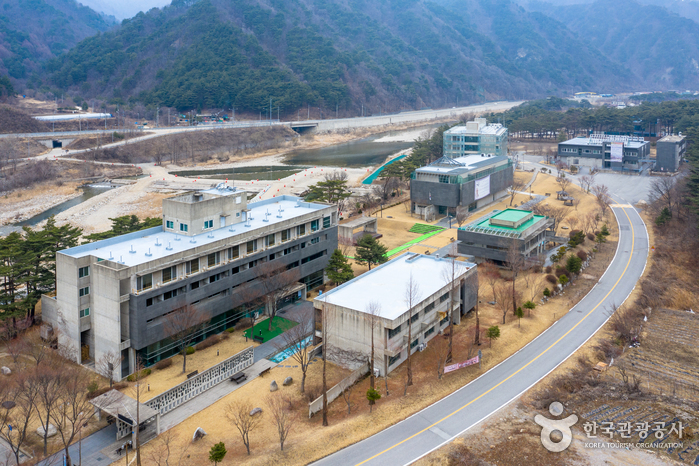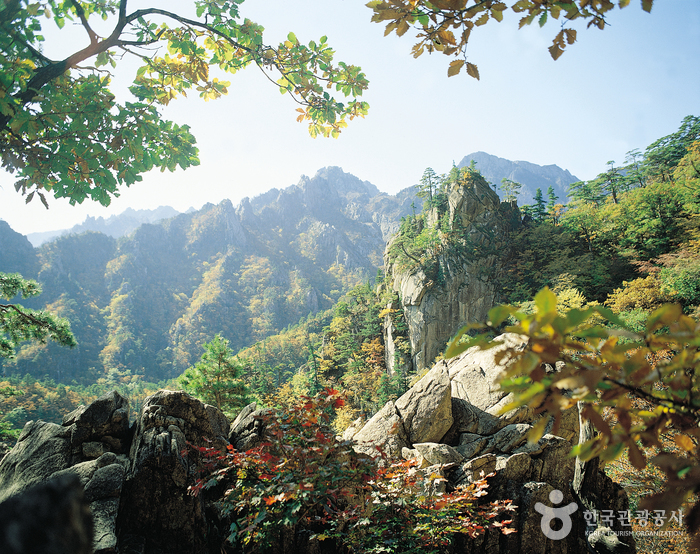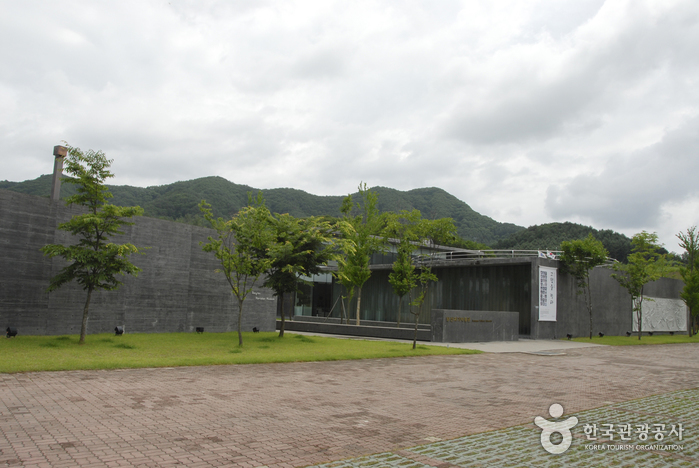Manhae Village (만해마을)
19.0Km 2021-07-29
91, Manhae-ro, Inje-gun, Gangwon-do
+82-33-462-2303
Manhae Village was established as a training center and memorial hall for national activist Monk Manhae Han Yongun, revered for his literary and philosophical inspiration, as well as his devotion to the nation and Korean people during the Democracy Movement.
Seoraksan National Park (Inner Section) (설악산국립공원 (내설악))
19.1Km 2021-04-13
Buk-myeon, Inje-gun, Gangwon-do
+82-33-801-0900
Daecheongbong Peak in Seoraksan Mountain, at an altitude of 1,708 meters, is the highest peak among the Taebaek Mountain Range, providing amazing view all year round. With various flowers in spring, clear and fresh stream water in summer, fall foliage in fall, and snow covered mountain in winter, Seoraksan Mountain is the most beautiful mountain in Korea.
The inner section ("Naeseorak") of the mountain stretches from the borderline of Hangyeryeong Pass and Misiryeong Pass to Inje-gun in the west. There are various valleys and waterfalls not to be missed as well as several hiking courses that represent the mountain.
Yanggu Porcelain Museum (양구백자박물관)
19.5Km 2022-08-09
5182, Pyeonghwa-ro, Yanggu-gun, Gangwon-do
+82-33-480-7237
Yanggu Porcelain Museum (formerly Bangsan Porcelain Museum) exhibits white porcelain from the Bangsan area, along with its collection and tools. There are also various visual aids that help understand the history of porcelain in the Bangsan area. The experience room is equipped with electric kilns, gas kilns, and firewood kilns, and is a facility for both outdoor and indoor experiences. Here, visitors can experience the entire process of making clay, molding, and baking it in a kiln. Bangsan-myeon, Yanggu was already well-known for pottery production since the Goryeo dynasty. During the Joseon dynasty, raw materials were supplied to the Gwangju branch in Gyeonggi-do, and here the technology and aesthetics spread to Gwangju.



 English
English
 한국어
한국어 日本語
日本語 中文(简体)
中文(简体) Deutsch
Deutsch Français
Français Español
Español Русский
Русский